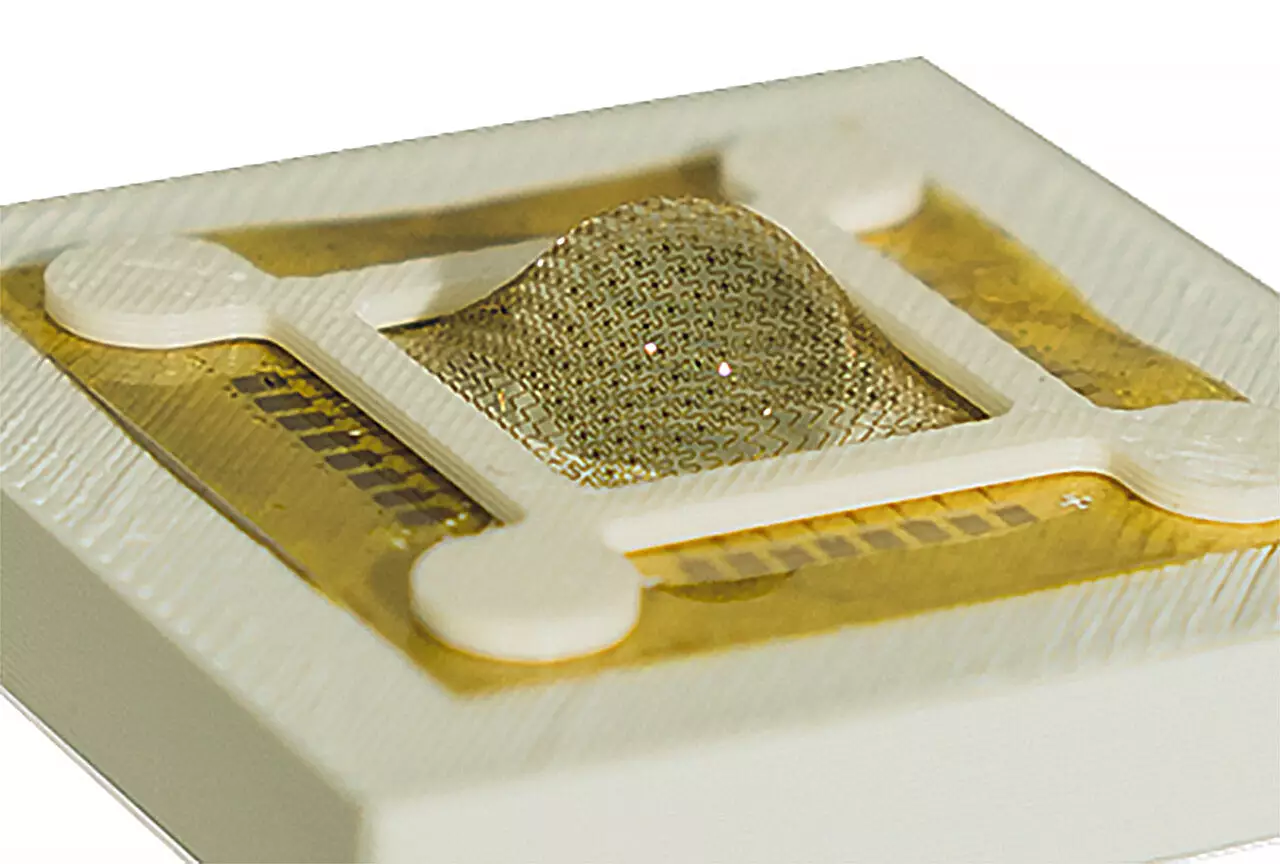Self-driving cars have shown incredible potential but are still prone to occasional crashes due to limitations in their visual systems. These systems struggle to process static or slow-moving objects in 3D space, much like the monocular vision of certain insects. However, researchers at the University of Virginia School of Engineering and Applied Science have taken inspiration from the praying mantis to develop artificial compound eyes that address these limitations.
Byungjoon Bae, a Ph.D. candidate in Electrical and Computer Engineering, led the development of these artificial compound eyes. The team integrated microlenses and multiple photodiodes to replicate the biological capabilities of praying mantis eyes. By using flexible semiconductor materials, they were able to create a sensor in hemispherical geometry that provides a wide field of view and superior depth perception. This breakthrough in optoelectrical engineering enables precise spatial awareness in real time, essential for various applications.
The innovative system developed by the research team opens up a world of possibilities for a wide range of applications. From low-power vehicles and drones to self-driving cars and smart home devices, this technology offers significant improvements in accuracy, data processing speed, and energy efficiency. The system’s ability to process visual information in real time without relying on cloud computing reduces power consumption by over 400 times compared to traditional visual systems.
The key to the success of this artificial compound eye lies in mimicking nature’s design and leveraging advanced materials and algorithms. By continuously monitoring changes in the scene and encoding relevant information into smaller data sets, the system mirrors how insects perceive the world through visual cues. This biomimetic approach enables efficient and accurate 3D spatiotemporal perception, setting a new standard for visual processing technology.
Kyusang Lee, an associate professor in the department, highlighted the significance of this work in inspiring other engineers and scientists to tackle complex visual processing challenges. By demonstrating a clever biomimetic solution that integrates advanced materials and algorithms, the research team has paved the way for future advancements in the field. The seamless fusion of cutting-edge technology with nature’s design principles offers a glimpse into the potential of biomimicry in shaping the future of visual processing.


Leave a Reply